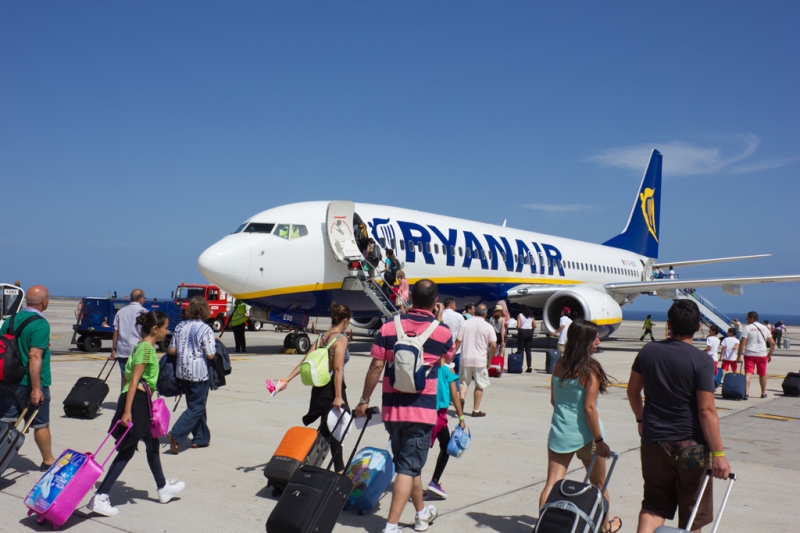
“Worldwide for 999 rubles!” — news from low-cost airlines invariably attracts the public’s attention because it evokes thoughts about inexpensive travel. But behind the simple advertising there is a business model that works according to a clear scheme that passengers need to understand in order to make a purchasing decision. In this, the first article in a series of materials about low-cost airlines, we will look at what makes up a low ticket price, and what are the pros and cons of low-cost transportation.
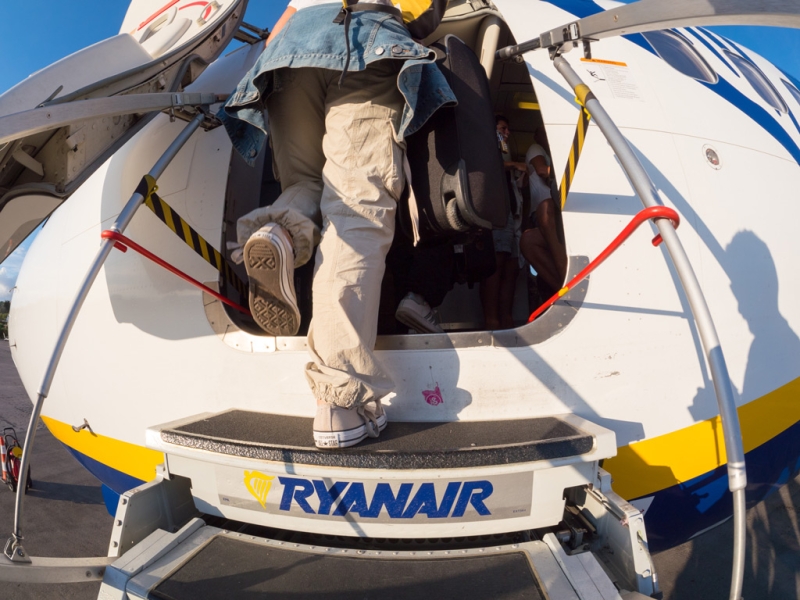
Saving
Many people believe that the words low cost in the name of a low-cost airline literally mean “low price,” but in fact we are talking about “low costs,” thanks to which airlines can offer passengers a low cost of flight. However, in some cases, due to the same costs, low-cost airlines sell tickets at the price of standard airlines or even more.
A distinctive feature of “discount” airlines is the savings on everything: staff, meals on board, “sleeves” and buses to the ramp, and even on the resale of used aircraft, which we will discuss below.
Example. Passengers are also encouraged to spend money wisely: low-cost airlines give them the opportunity to control the cost of their air tickets. For example, with a traditional airline, the price of transportation automatically includes a certain amount of luggage, food, seat selection and other items that are not necessary for everyone. The price of a ticket for a low-cost airline flight only includes transportation of the passenger himself and a clearly limited amount of luggage, most often only hand luggage. The traveler adds additional options to the cost at his own discretion.
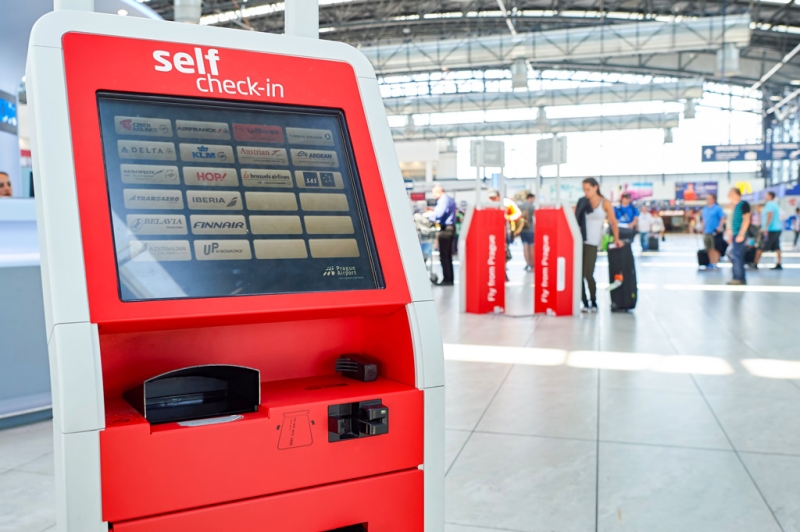
Cons. Unfortunately, you often have to pay for services that are actually needed. For example, check-in at the airport for most budget airlines is paid and very expensive – 30-50 euros, this is due to savings on the number of personnel. But there is a way out here too – online registration is free. There are already legends about umbrellas, bags of food taken on board, extra grams of hand luggage, seated spouses and other unexpected prohibitions and surcharges, so it is better to carefully read the rules of transportation on the airline’s website.
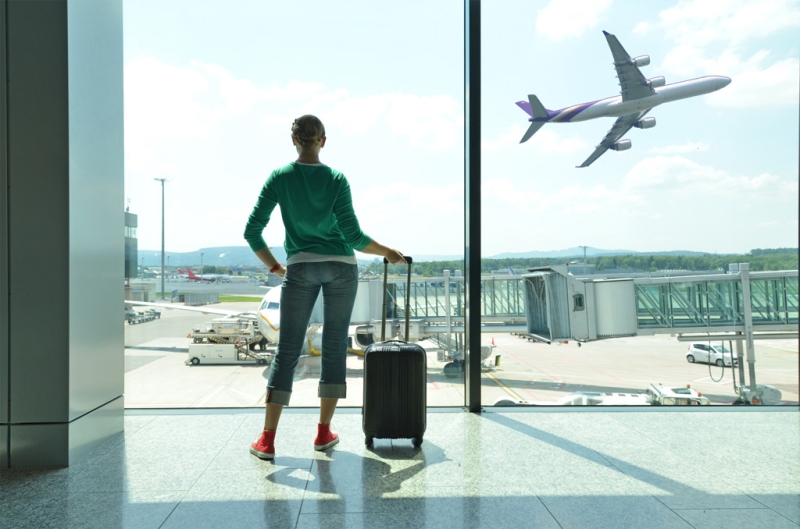
Traffic
The main point of reducing costs for low-cost airlines is the optimal use of the aircraft fleet. It is beneficial for low-cost airlines to fly on the same aircraft as often as possible, without leaving it at the airport for a long time. Even with deep discounts on tickets and lower base fares than other airlines, low-cost airlines win overall profits due to the many flights and full (90-94% compared to the standard 70-80%) cabin occupancy. The negative side of such high occupancy is overbooking (a situation when several tickets are sold for the same seat, in the hope that one of the passengers will not show up for boarding. How to behave if it turns out that someone else has been sold a ticket for your seat -that’s what we talk about in this article),
but this does not scare those who want to save on their flight. Positive: with such traffic and the number of passengers, low-cost airlines are making every effort to stay on schedule with arrivals and departures, the credo of large budget airlines is flights strictly on schedule (95% of departures are on time) and delays of no more than 10-15 minutes.
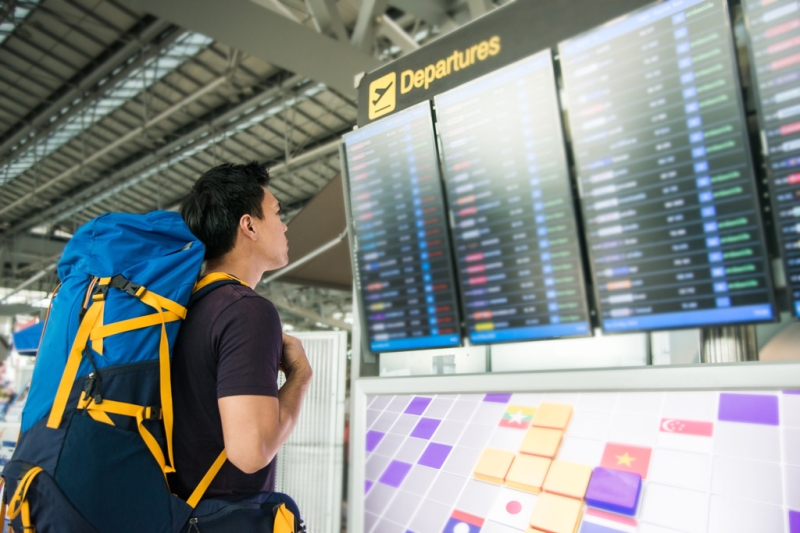
Example. The Spanish low-cost airline Vueling operates eight flights per day from Barcelona to Seville and eight from Seville to Barcelona. Arriving in Seville at 8.35 am, the same airliner takes off towards Barcelona half an hour later.
Cons. We’ve already talked about overbooking; In addition, to ensure quick turnaround, low-cost airlines most often do not fly long distances, since a multi-hour flight is more difficult to maintain and is not profitable to do it cheaper than standard fares.
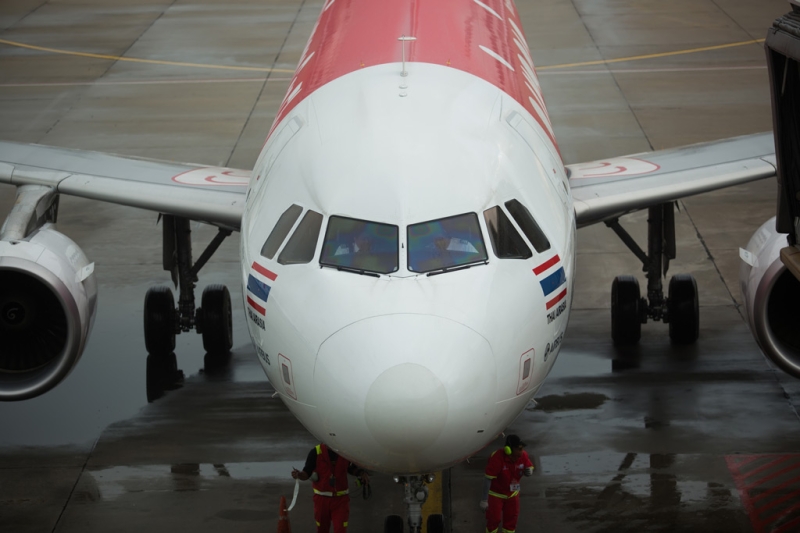
Airpark
How is success achieved with such a strict scheme? First of all, through the use of only new aircraft, preferably one model and without premium cabins, because economy seats a larger number of passengers. Budget airlines buy an aircraft from the factory, actively use it for 7-8 years, and then sell it without spending money on repairs and leasing. Unworn models are economical in maintenance and do not stand idle due to repairs. They consume less fuel, and fuel accounts for up to 30% of the costs of each airline. Using the same aircraft models helps save on parts and spare parts, and the crew can work on any aircraft of the airline.
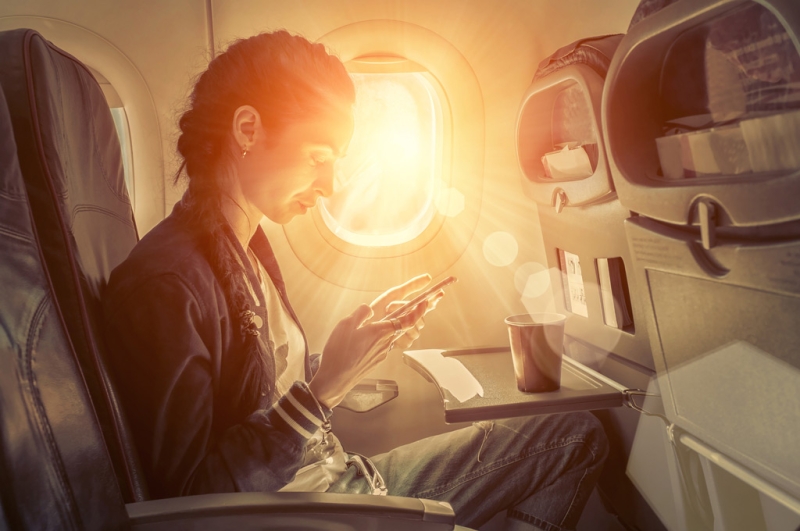
Example. The large European low-cost airline Ryanair has more than 350 Boeing 737 aircraft, on average no older than 6.6 years. At the same time, the domestic Aeroflot uses 170 aircraft of six different models, the average age of which is 4.3 years, and the German Lufthansa flies 260 aircraft of 13 models with an average age of 11 years of wear.
Cons. The Boeing 737, as well as other airliner models preferred by low-cost airlines, have a distance between seats of 74-76 cm, which is 5-10 cm less than on other aircraft. Thanks to this, the cabin can accommodate more rows. It might seem like a small thing, but it can be cramped.

Airports
Budget airlines try not to use large airports as their home airports. Most often, their planes land at secondary airports, 80 or even more kilometers away from the city. This is another cost optimization point; besides, with such ports it is easier for low-cost airlines to extract special service conditions for themselves.
Examples. In London, you will not fly to Heathrow or Gatwick, but, most likely, you will find yourself in provincial Luton, from which you will have to travel for more than an hour by train for 13 pounds or by bus for 7 pounds, but also long and with traffic jams. When flying to Milan with a budget airline, you may land in Bergamo, the Hungarian low-cost airline is based in Katowice, Poland, and you will have to get to Düsseldorf from the distant Weeze airport.
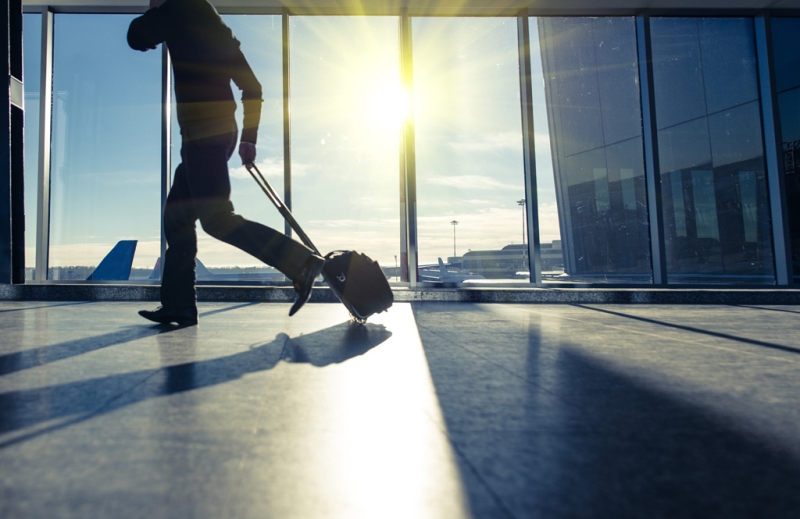
Cons. They are obvious: for a door-to-door ride you will sometimes have to pay a price comparable to flying on a standard airline, because getting to the city you want will be more difficult and possibly more expensive. With such landings, quick connections with the next departure from top airports are impossible.
Ticket sales
Low-cost airlines save on everything, so they will not overpay distributors for their services, and if they are forced to contact them, they pass on their costs to customers, increasing the price. They sell most of their tickets through their website, but also use online agencies such as OneTwoTrip.
Cons. Be prepared that a low-cost airline will ask you to pay 2-3 euros for issuing and issuing a ticket.
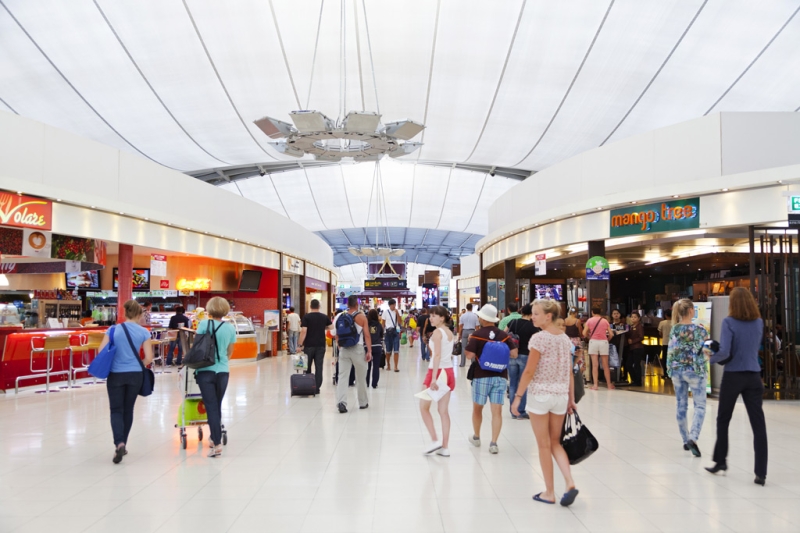
Low-cost airlines still have many secrets, thanks to which they can reduce costs, and therefore the price of an air ticket. But the hype around their extortionate fees continues, and if some of the news about low-cost airlines’ onboard service is clearly a hoax (like paid toilets or standing room),
then others – issuing tickets without seats (the best seats are occupied by the fastest) and walking around the airfield – are quite realistic. But if you catch a promotion, fly a short distance without luggage and refuse any pleasures during the flight, then traveling for 999 rubles is quite possible.

